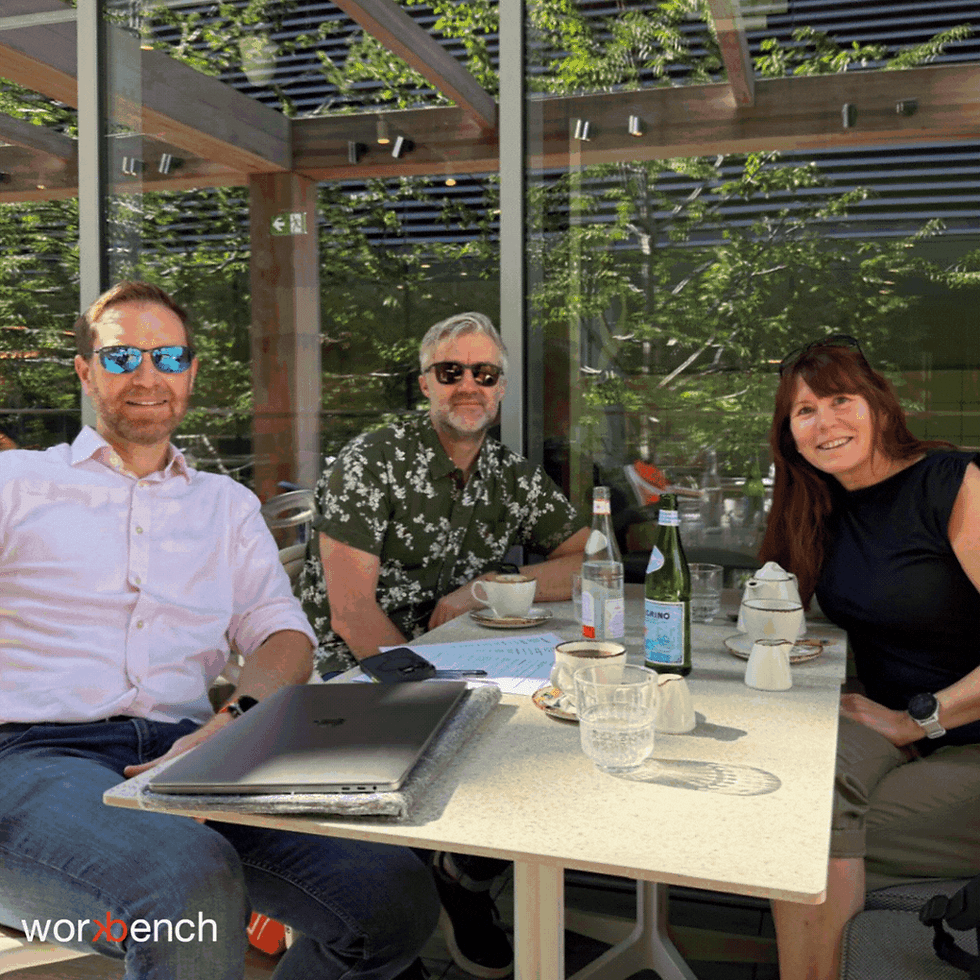How do you end a term of service well?
- workbenchdesign

- Feb 24, 2023
- 2 min read
Quite a topical question at the moment

At Workbench we have long practised sustainable design, material selection and manufacture. Sustainable manufacture raises a lot of questions and this is where Workbench can offer its knowledge: what is the largest core board available for a table top, will that fit on a veneer press, is there a laminate sheet wide enough, what is the length of the veneer, how thick is the material, how heavy is that to manoeuvre, will it fit in the building, what impact does that detail have on cost, material wastage, labour time, energy and recyclability at end of life?
The last point is an initiative gaining momentum in interior design. Recyclability at the end of a products life can have a bigger impact on the environment than its fabrication. Designing, at the point of creation, how a product can be dismantled and recycled could be the biggest benefit to its environment impact and significantly reduce the carbon foot print of a product.

Perkins and Will is one architects practice that has recently identified this as an important area of focus in their seminar on Net – Xero Interiors. The thinking goes far further than the usual lip service to using a material that can ‘technically’ be recycled. It investigates how possible that actually is once the material is fabricated, joined to other components, finished and perhaps most important how compelling it is for the owner to recycle rather than dispose of.
It is this process, recyclability at the end of life, that we at Workbench along with our clients have a great opportunity to contribute to and it will form a key part of our design process as we champion ISO14001 certification. How you end a term of service could have a bigger impact than how you start.









